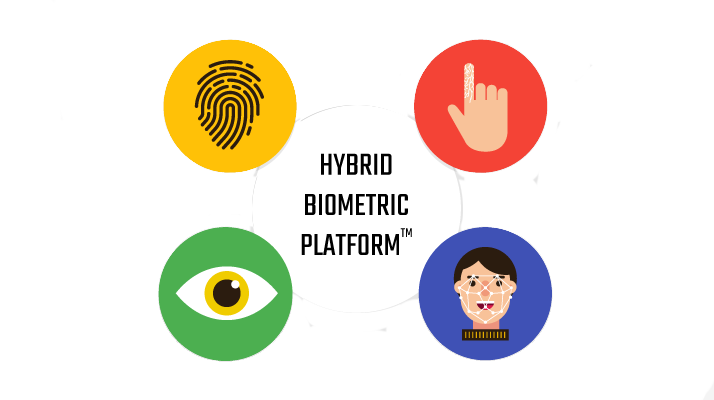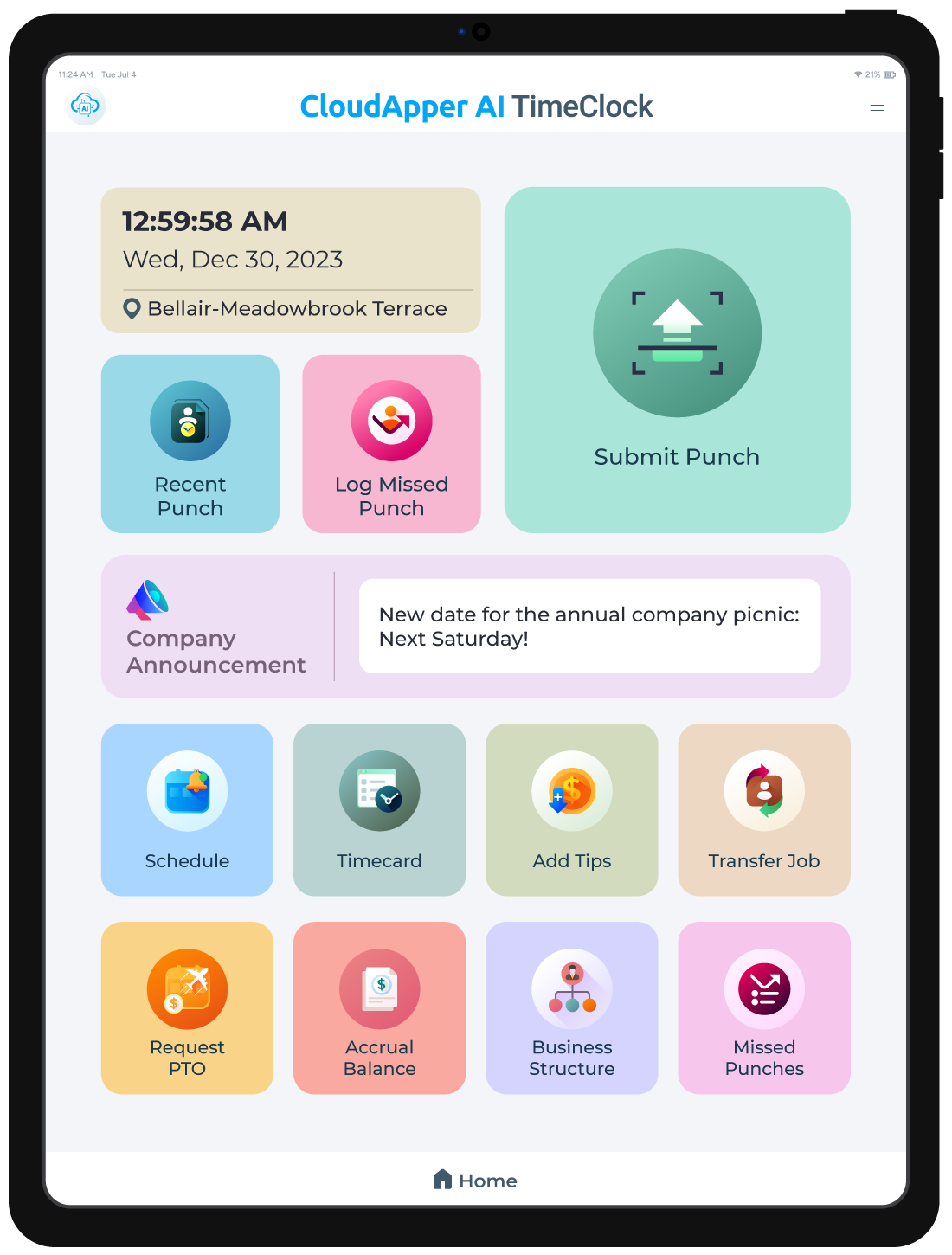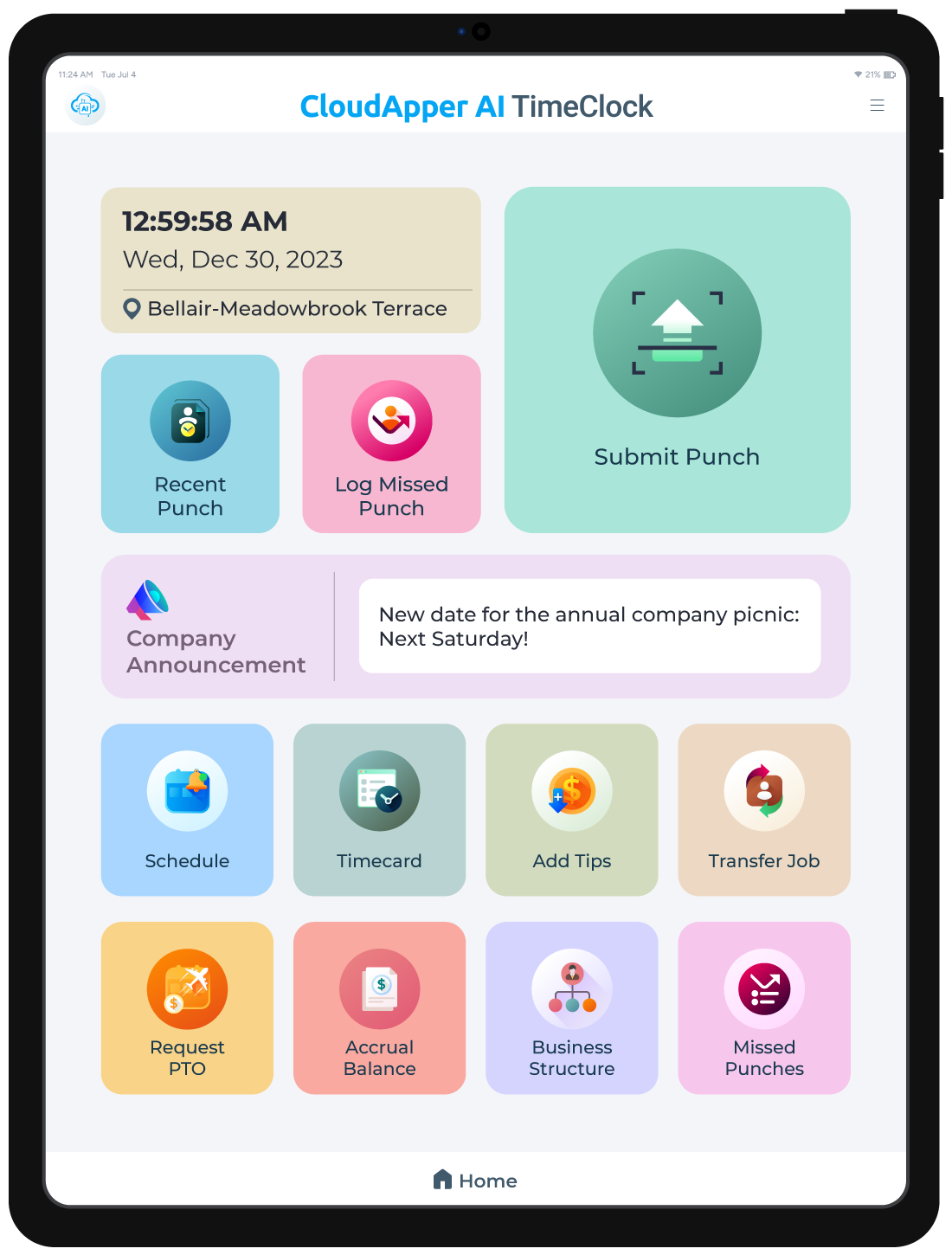5 Things to Consider Before Deploying a Biometric System for Your Business

Every business owner realizes that any kind of gap in security policies can lead to serious consequences. For example, you might get infected by a computer worm or virus, or even worse, your place of business may be infiltrated and vital information stolen. Perhaps you already have looked at various security tools, and feel that a biometric system is best suited for your place of business. But are you aware of the facts that you need to seriously consider before deploying a biometric system for your business in order to improve security and maximize your return on investment (ROI)? Today we are going to discuss the 5 most important factors an entrepreneur needs to consider before deploying a biometric system.
#1. Conduct an audit of your current infrastructure
Before deciding on which biometric system to implement at your business, it will be important to conduct an audit of your existing security infrastructure, and see how well it matches up against your current security policies. Conducting a security audit will give you the chance to know and better understand your current business processes.
From our experience of deploying Bio-Plugin™, we have observed that it is much easier to integrate a biometric system with an existing business process or system, rather than implementing a system from the ground up. As a result, your employees will be more accepting of a biometric system, which will make training and the learning curve a lot easier.
Real Life Example: Our Australia based integrator Partner GTick integrated our Bio-Plugin™ solution for one of their clients who was a local mine workers association. The mining association had an existing employee profile management system and wanted to add biometric scanning functionality to it for duplicate checking and increase the accuracy of their workforce management data. Integrating a biometric system to their existing workforce management time and attendance system saved time, effort, and significantly reduced expenses.
#2. Which biometric modality is best for your business?
There is no “one size fits all” strategy, when it comes to implementing biometrics in any business. Every business should consider some related factors when choosing a biometric modality. The most commonly implemented biometric modalities include Fingerprint, facial recognition, iris, palm vein, and finger vein.
Factors that must be taken into account when implementing a biometric system include, but are not limited to: physical location, security risks, task (identification or verification), the expected number of end users, user circumstances, and existing data.
Each biometric modality has its own strengths and weaknesses that must be evaluated in relation to the application before implementation. The effectiveness of a particular biometric system deployment is dependent on how and where the technology is used.
Real Life Example: Bahrain based Manufacturing and construction company Mass Contracting Co. WLL chose to deploy finger vein biometrics with our M2-FV™ Finger Vein Reader. Construction workers are likely to have dry, cut or damaged fingers, so a traditional fingerprint modality which presents identification challenges due to poor skin integrity was not a suitable modality for deployment.
If you are not familiar with these biometric modalities you should contact M2SYS for help.
#3. Multimodal Biometric Vs Unimodal Biometric Systems
One of the most important rules of a good security policy is to never rely upon one means of security as your only line of defense. Instead, it is smarter to have multiple layers of security. In biometric terms, this means having a multimodal biometric system for your business. Before you implement your biometric system, it is very important to see how well you can implement it alongside your existing security systems.
A unimodal biometric system captures and matches only one biometric trait resulting in an absence of sustainable ways to solve identification problems. Some of the limitations imposed by unimodal biometric systems can be overcome by using multiple biometric modalities. Such systems, known as multimodal biometric systems, are expected to be more reliable due to the presence of multiple, independent biometric traits. A good example of a multimodal biometric solution would be Hybrid Biometric Platform™. Hybrid Biometric Platform is a multimodal biometrics system that supports any form of biometrics, including fingerprint, finger vein, palm vein, iris, and facial recognition.
#4. Biometric Hardware
With rapid innovations in biometric technology, various types of hardware are now available to choose from. Businesses need to consider all related hardware factors that may have an effect on the success of the deployment such as liveness detection capability, spoof detection capability, and mobility. There are now smart fingerprint readers available in the market such as M2-FuseID™, which is capable of capturing a high-quality fingerprint image as well as finger vein pattern for liveness detection and to eliminate spoof attacks.
For some businesses, the mobility of biometric hardware can also be an important factor for success. Keeping our customer’s needs in mind, our researchers at M2SYS have developed mobile biometric hardware named RapidCheck™10-29.
Real Life Example: Arig Bank of Mongolia choose our M2-FuseID™ hardware because they wanted to deploy an anti-spoof modality to ensure customer safety. They were dealing with a large number of bank account holders and liveness detection was a prime factor of success in order to eliminate fake fingerprint detections.
#5 Consider the ROI
If you have already decided that you want to implement a biometric system, it is important that you develop an understanding of the rate of Return on Investment (ROI). In order to understand this, you can first conduct a “Pilot Project”. For example, if your implementation calls for the deployment of five fingerprint scanners at five different points for employee time and attendance tracking at your place of business, first consider deploying only one fingerprint scanner at one primary point for a short period of time. By doing this, you can then quantify your ROI if you want to do a system-wide deployment. Also, this will give you time to see how your employees will react to the use of a biometric system. You can always implement a system-wide biometric deployment, but you run the risk of not knowing what your ROI will be, as well as your employee’s perception and acceptance of the new technology.
Conclusion
We have looked at some factors needed to be taken into consideration before deploying a biometric system. Keep in mind that the success of deploying a biometric system depends on how it’s planned or designed to serve the purpose of your business. If you are planning to implement a biometric system soon and want consultation, feel free to contact us.











Biometrics can help improve office security and simplify sign-in processes. However, companies of all sizes need to think carefully before implementing these systems across their workspaces.
If you are planning to integrate a biometric system with your existing IT infrastructure, you will need to consider how it will fit in with your current systems and whether it will require any additional hardware or software. And, different biometric technologies have different levels of accuracy, and some can be prone to false positives or false negatives. Consider the reliability of the biometric system you are considering and how it will impact your business operations.
If you consider implementing biometrics for your business, I would recommend implementing cloud based biometrics. CloudABIS would be an excellent choice as you will be able to implement multimodal capabilities. CloudABIS is also a great option if you want to implement it into your existing system. I am using it for quite a while now and I do not have any issues 🙂